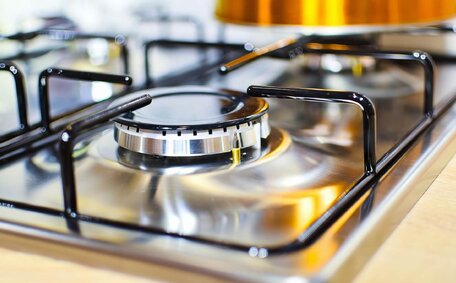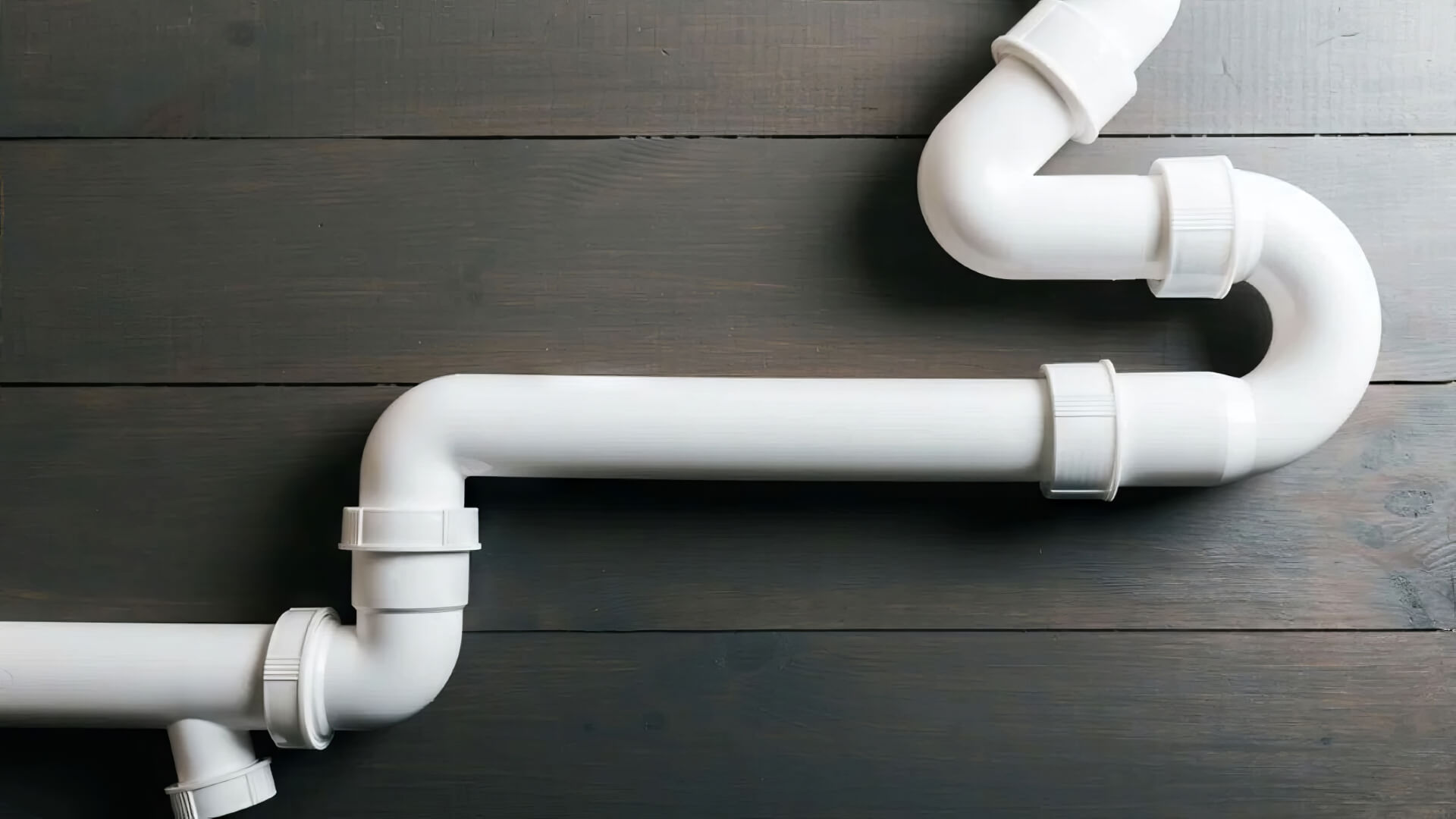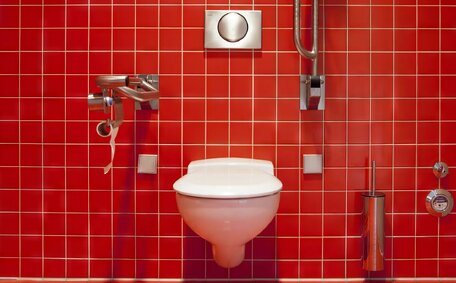Introduction to Partial vs Full Pipe Relining
When in need of pipe repair, drain relining serves as a non-intrusive technique for reinstating the integrity of your plumbing system. Pipe relining involves the installation of an epoxy resin lining within damaged pipes to seal cracks and strengthen the structure.
The hardening resin effectively adheres to old pipes, ensuring long-term structural stability. Pipe relining is cost-effective, delivering significant structural resilience to your plumbing system.
There are two main pipe relining options:
- Partial relining - Targeted lining of problem pipe sections like joints or cracks.
- Full relining – Coating the entire length of pipework.
This insightful discussion explores pipe relining vs traditional methods, helping you decide between partial or full pipe relining for your distinct situation.
When to Consider Pipe Relining Over Replacement
Choose pipe relining for a cost-effective solution that minimises disruptions. Our plumbing services eliminate the need for trench excavation, saving your yard from expensive upheaval. Additionally, relining avoids the damage to driveways, paths, or floors typically required to access pipes.
Pipe relining is often the preferred option under circumstances such as:
- Storm water drainage pipes run under driveways, patios or other landscapes
- Buried pipes lie deep underground, complicating access to your piping
- Asbestos pipes need replacement
- Sites of heritage significance or areas where tree roots and debris entangle pipes pose significant tree roots debris excavation impediments
Epoxy resin can extend the life of your pipes for over 50 years, enhancing structural strength. The method entails expertly carried out the insertion of an epoxy lining inside old pipes, effectively sealing not just cracks but also reinforcing the entire structure. Without the disarray or landscape upturn akin to traditional methods that dig up your yard, pipe relining amplifies sustainability while respecting your financial plans, and you would highly recommend them for their efficiency.
How Pipe Damage is Assessed
When troubles arose, I called Emu Plumbing to fix the situation, employing advanced drain cameras to evaluate pipe damage and determine the optimal relining approach. A tiny camera on a flexible cable is fed through pipes to diagnose problems like the need to fix broken pipe sections, leaks, blockages, root intrusion and more.
The live feed from the drain camera pinpoints specific sections requiring attention, aiding in the plumbing fix for broken or blocked damaged pipes. Minor impairments often warrant targeted relining over full pipe replacement, efficiently resolving the problem. Extensive damage generally necessitates full pipe relining.
Pipe accessibility, material, age, and diagnostic imaging are considered to provide expert guidance for broken pipe repairs. Identifying specific damages, Emu Plumbing offers cost-effective custom relining solutions for full system functionality.
Comparing Partial and Full Pipe Relining
Cost and Scope
| Partial Relining | Full Relining |
| Lower cost as it only focuses on pipe repairs in damaged sections | Full relining tends to be more expensive as it involves more material to cover the entire system. |
| Targeted scope based on problem areas | Comprehensive scope relines all accessible pipes |
Lifespan
Relining your plumbing, whether partially or fully, reinforces your pipes for over 50 years, compared to traditional replacement methods. The main distinction is evident in the scope of work required to effectively reline your pipes in the affected sections.
Suitability
Partial relining efficiently addresses minor leaks or cracks in specific sections of sewer and stormwater systems. Full relining completely brings in a new pipe system with widespread damage.
When it comes to repairing your plumbing, assessments from professional pipe relining companies often highlight that pipe relining best fits the scenario, depending on the severity and extent of damage. Relining timeframes also play a role in this decision.
What Can Be Relined
Tailored to your specific requirements, pipe relining is a flexible solution for nearly all kinds of plumbing materials. Common pipeline pipes suitable for both partial and full relining, including your vital sewer drain systems, encompass:
- PVC (Polyvinyl Chloride) The most widely used modern plastic piping can be easily relined to renew cracks or leaks.
- Cast Iron Old metal pipes prone to rust and corrosion benefit greatly from structural epoxy relining.
- Clay Cracked or broken clay pipes, typical in older homes, receive reinforced stability from internal pipe relining.
- Concrete Like clay pipes, relining offers concrete sewer pipes long-term restoration.
In addition to the above, copper, steel, asbestos cement, and other piping materials can benefit from trenchless relining, extending lifespan without the mess and cost of digging.
Team Emu stands out with bespoke strategies that make you want to use them again to rejuvenate a variety of pipe designs and compositions. With advanced imaging and meticulous placement, we use cutting-edge technologies in our service to ensure that existing pipes are rehabilitated, which is an exceptional quality you don’t often find.
\ - PVC (Polyvinyl Chloride) The most widely used modern plastic piping can be easily relined to renew cracks or leaks.
\ - Cast Iron Old metal pipes prone to rust and corrosion benefit greatly from structural epoxy relining.
\ - Clay Cracked or broken clay pipes, typical in older homes, receive reinforced stability from internal pipe relining.
\ - Concrete Like clay pipes, relining offers concrete sewer pipes long-term restoration.
\
Cost Comparison
In judging the considerations between pipe relining for partial vs full needs, factor in the associated costs:
- Partial relining is cost-effective as it targets and fixes specific problem areas, using less material.
- Full relining completely renews entire pipe systems at a higher cost.
- Extent of damage impacts costs e.g. minor leaks or cracks may suit partial relining while widespread issues often require full.
- Challenging pipe layouts like difficult access areas can increase costs due to complex installation.
- Despite higher initial costs, pipe relining is an investment in longevity, mitigating future issues in aging pipes.
The Pipe Relining Process Explained
The pipe relining process can also provide a non-intrusive means to resurrect a compromised conduit minus the disarray and expense of old-school pipe replacement. It involves inserting an epoxy resin lining into an existing pipe to seal defects and reinforce structural integrity.
The full pipe relining procedure includes:
- Initial drain inspection using a plumber’s camera to assess damage
- Measurement of pipe diameters and access points to customise liner sizing
- Cleaning pipes with water jets to prepare surfaces
- Inserting a flexible felt liner soaked with liquid epoxy resin into pipes
- Curing the resin lining with hot water or steam to harden in place
- Final testing with a camera to validate the meticulously cleaned up after pipes
Partial drain pipe relining focuses on problem sections, efficiently correcting specific issues.
Key benefits of pipe lining include:
- No excavation or destruction is needed to access your blocked drain
- Far less mess and minimal impact on your property
- Restored water flow and leak prevention
- 50+ year lifespan from reinforced epoxy lining
Contemporary techniques using CCTV and tailor-made resin-infused liners offer an enduring, non-invasive refurbishment for your plumbing system.
Step-By-Step Process
The pipe relining procedure follows a clear set of steps to renew damaged plumbing:
\
\ - Initial drain inspection – A camera probe surveys pipe interiors, pinpointing the specific problem where the faulty pipe was causing my discomfort, ensuring no lingering complications.
\ - Measurement and customisation – Precise pipe dimensions allow lining to be tailored.
\ - Surface preparation – High-pressure drain cleaning jets clear obstructions, ensuring the area where the fix broken pipe was necessary is ready for the relining process.
\ - Liner installation – Resin-soaked liner is inserted into pipe lengths.
\ - Curing – Lining hardens under hot water or steam pressure.
\ - Reinstating connections – Robotic cutters reopen intersections.
\ - Final testing – Cameras validate restored water flow and integrity.
\
\
This efficient approach offers non-invasive restoration for leaks and cracks, resolving pipe-related property issues. From inspection to completion, experts guide homeowners through the seamless trenchless relining process.
Timeframes
Partial relining is typically quicker than full relining as it focuses on isolated segments of the piping. The curing process for partial epoxy lining is rapid, often completed within 24 hours, ensuring minimal disruption.
In comparison, whole-system full relining that coats entire networks of plumbing requires longer installation and curing periods before testing and completion. Typically, comprehensive household relining endeavours expend more time, spanning 2-3 days, contingent on property dimensions.
For accurate time estimates, a professional assessment of your unique pipeline layout and damage levels will guide time requirements between partial solutions for minor issues vs more extensive full relining projects.
The Benefits of Pipe Relining
Pipe relining provides numerous advantages compared to traditional pipe replacement. Key advantages include:
- Minimal property damage and landscaping costs since no digging or trenching is required
- Prevents driveways, structures and landscaping from being destroyed to access pipes
- Restored water flow and leak prevention through internal pipe reinforcement
- Long lifespan with 50+ years expected from thick epoxy pipe linings
- Greater sustainability and reduced environmental impact vs pipe replacement
For both partial and full relining applications, the ability to renew pipes from the inside out without external property damage boosts this as an attractive, high-performance plumbing restoration technique.
Minimal Landscape Disruption
Among the foremost benefits of relining over traditional replacement is the negligible disruption to landscapes and architectural features. With pipe relining far surpassing the need for drain replacement digging or trenching, you avoid damage to driveways, gardens, patios and beyond, which may compel you to use them for future projects.
Where traditional approaches demand heavy machinery to tear through terrain, the new pipe lining method is a game changer, allowing for non-destructive repairs. Pipe relining’s trenchless approach bypasses this destruction by coating the inside of pipes to renew their structural integrity.
For your relining sewer pipes, especially where the landscape makes excavation challenging, get a pipe relining quote from us to free yourself from the hassle – Our relining service repairs pipes without disturbing the landscape. The trenchless approach ensures that pipe relining does not damage your property’s heritage elements.
Safeguarding all your outdoor assets and evading undesirable excavation chaos, pipe relining elevates sustainability and ensures the prolonged revitalisation of your plumbing.
Improved Water Flow
One of the key benefits of pipe relining is improved water flow. When pipes are relined, the internal epoxy coating creates a smooth, seamless surface without joints or cracks to impede water flow.
Traditional piping often contains elbow joints, corroded sections and mineral accumulation, hindering water flow, but pipe relining can resist this to restore optimal pressure. This can lead to a reduction in water pressure. Nonetheless, relined conduits dispose of these obstructions, facilitating smoother drain repair operations.
The seamless epoxy lining reduces resistance, ensuring a smooth water flow that helps prevent and repair drain blockages. This restored flow prevents pressure drops, solving the challenge that the clog was causing my fixtures to act up.
For properties impacted by declining water volume from older, damaged pipes, sewer pipe relining boosts flow rates back to maximum capacity. The smooth internal pipe surfaces increase velocity for improved pressure in your home, alleviating the issue that the broken pipe was causing.
Along with fixing leaks, full-system pipe relining optimises water usage efficiency. This provides better water savings over time while enhancing fixture and appliance performance.
Longevity of Relined Pipes
Does pipe relining provide extreme longevity and durability? Absolutely. The uniform epoxy coating strengthens pipes for an additional 50+ years of optimised performance. Some sources even claim relined pipes can last over a century without needing repairs or replacement.
The uniform design of relined pipes makes them stronger and more resistant to erosion and sediment buildup than traditional pipes. You won’t end up with declination in performance; relined pipes maintain a smooth, consistent flow and structural integrity over decades of use. They retain the original path of existing pipes too, avoiding alignment issues.
Without the need for digging up your yard, compared to traditional piping lasting around 50-60 years, relined pipes substantially extend lifespan projections. Backed by durable epoxy and skillful installation, they provide a long-term, sustainable plumbing solution.
Making the Right Choice for Your Situation
Deciding between partial and full pipe relining requires careful consideration of your specific circumstances. Factors like budget, disruption tolerance, pipe layout and damage levels guide recommendations.
For affordable minor crack repairs, partial relining delivers a targeted solution. For comprehensive system renewal due to widespread damage, full pipe relining maximises longevity, though it comes at a higher initial cost.
Our professionals will determine the most suitable method by evaluating your pipe conditions in detail. Leveraging over 20 years of experience, Emu Plumbing’s expert team offers specialised drain imaging and leak detection to devise tailored relining solutions.
Contact us today for a professional pipe assessment and advice on the best solutions with our expert guidance. Our goal is client satisfaction through a thorough assessment of your system’s layout, materials, and issues to recommend the best restoration approach.






